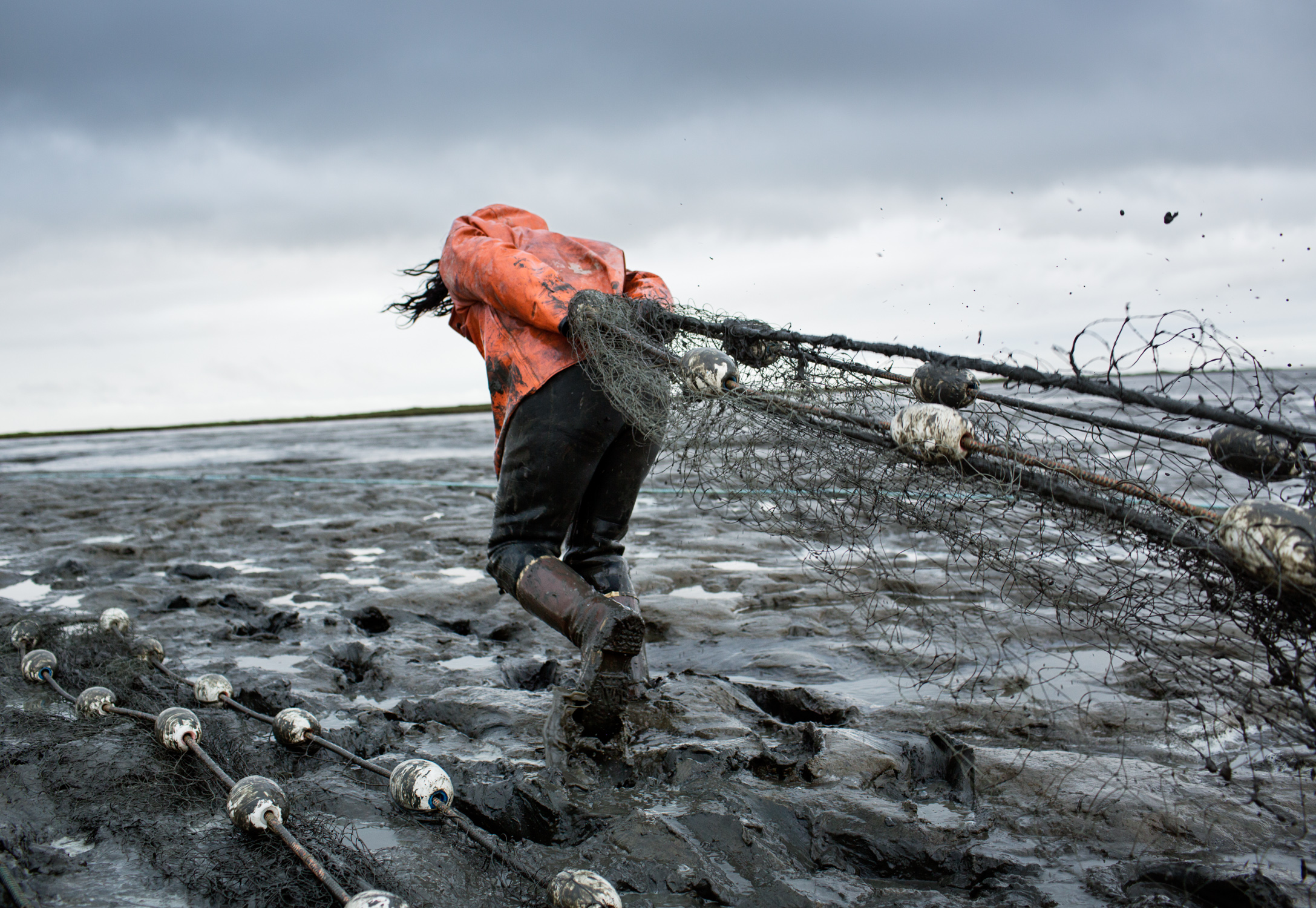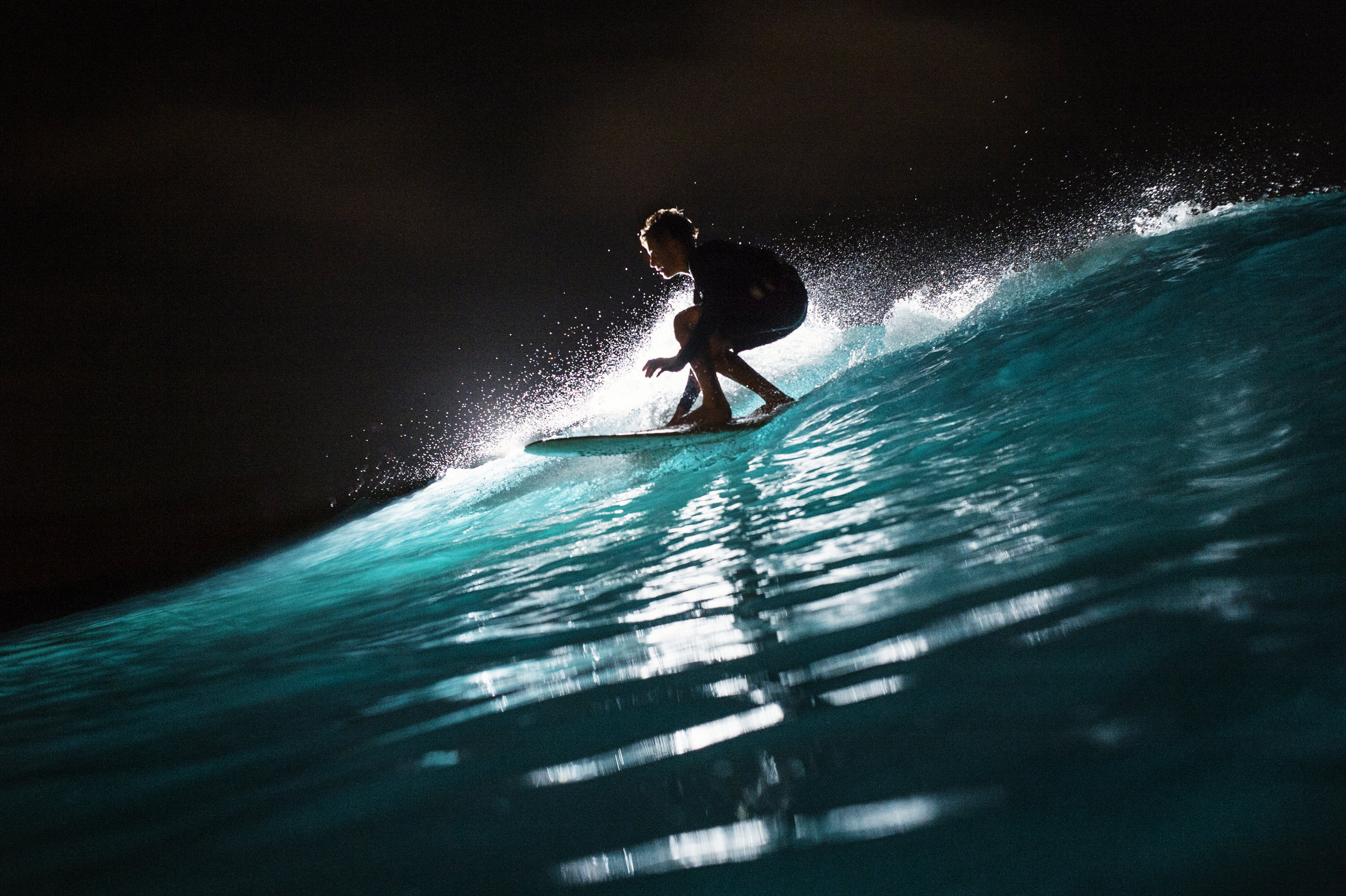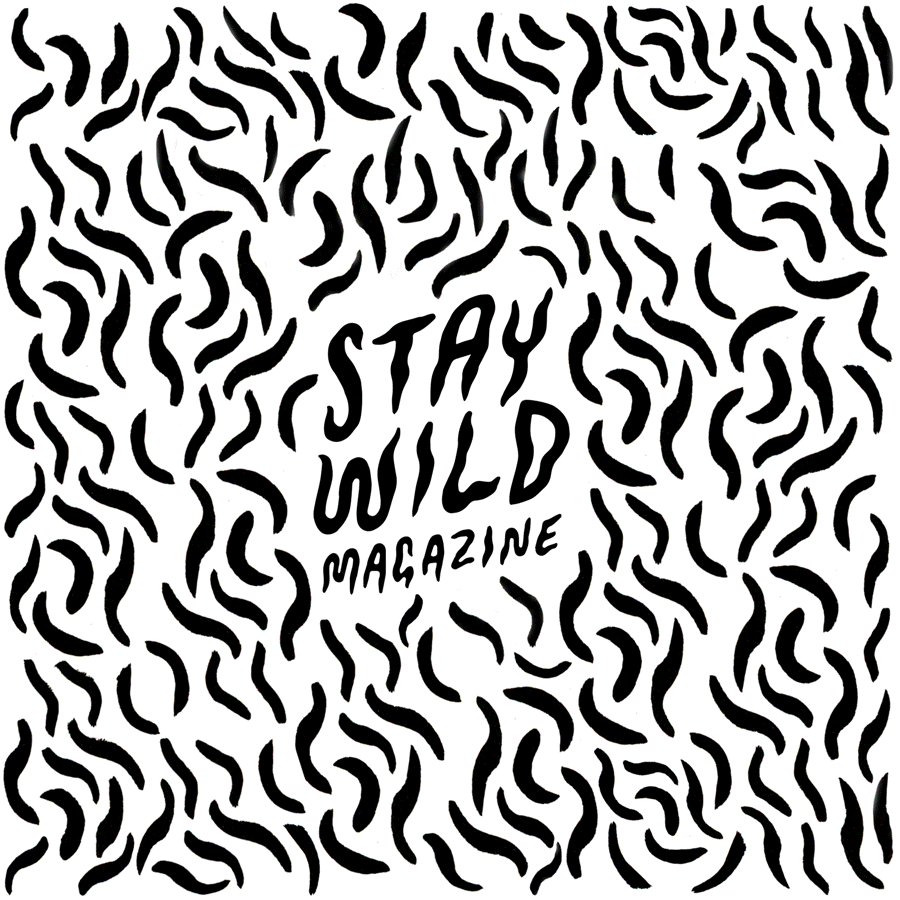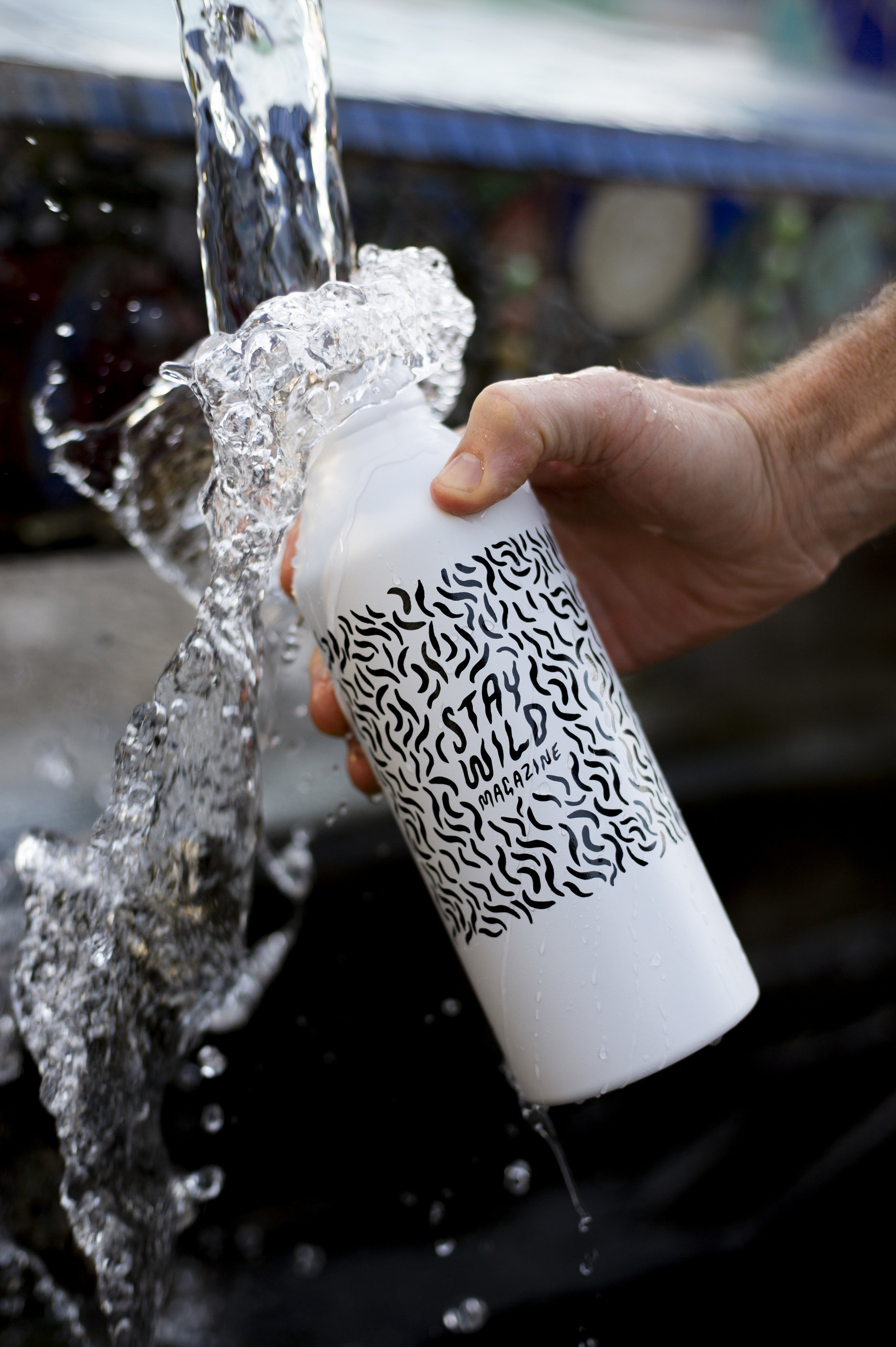Wai Wai // The Value of Hawaiian Water
Stay Wild
The Hawaiian word for water is Wai. It holds such value that the word for value, worth, or importance is Wai Wai. Water twice.
The native people of Hawai’i have a deep connection with water. Not only because they are located in the middle of the Pacific Ocean, but because the connection between the life cycle and the water cycle is more fragile on an island. The development of sustainable resource management through native intelligence is why Hawaiian culture has flourished.
A lot has changed in Hawai’i since outsiders came and impacted their way of life. The culture has been oppressed, the people have been brainwashed, the land has been abused, and the water has become polluted. This problem isn’t unique to Hawai’i. We all live with our own versions of this sad development in our different parts of the world. However, Hawaiian culture might hold a long overdue solution to the pollution problem: the Ahupua’a system.
The Ahupua’a system could be explained in a simple bumper sticker: We all live downstream. Yet this system holds people personally responsible for their part of the watershed they’re connected to. It’s about natural resource and human behavior management.
The mountains where water first touches the islands is a place for sacred reverence and pure intentions. As the water flows down into the farmlands it needs to stay pure because it’s used to grow food like kalo and things used by people. Then as the water reaches the ocean, it still needs to maintain that purity because the runoff will impact all ocean life and the people who are sustained by it. The Ahupua’a system is such a solid example of native thinking and lifestyle choices that we can all learn from it as we decolonize our planet and learn to live more peacefully.
In this story series, we’ve asked Hawaiians who live in different parts of the modern Ahupua’a to share what they know about this interconnected system. Please read on and learn how to take better care of your personal watersheds.


















